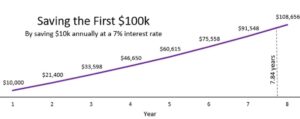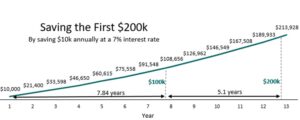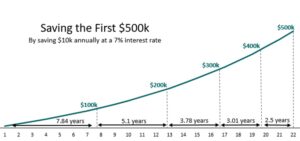Things I’ve Been Thinking About Lately

Speechwriting (with a Little Help from My Friends)
I’m a little nervous. I can’t deny it.
In July, I’m going to be in Tokyo for two days, lecturing to 2,000+ Japanese investors and businesspeople that, I’ve been told, have read some of my books and essays and want to hear what I have to say about several topics I’ve written about for many years: entrepreneurship, investing, business building, and “living rich.” Plus, I’ll be having informal discussions with a small group of attendees who’ve paid a whole lotta money to ask me more particular questions.
I’ve given dozens of presentations to large groups over the years, although never to a crowd that large. My M.O. is to tailor the title of my speech to the nature of the seminar or conference, jot down a few notes, and then talk extemporarily when I’m at the podium. So that doesn’t scare me.
And I feel very comfortable about the informal discussions because I see them as the sort of business meetings that I’ve headed up thousands of times in my career: We have a problem or challenge for which we need ideas, if not solutions. And I always have plenty of ideas.
I’ve made presentations all over the world, from England to Ireland to Germany and Australia. But I have a special feeling about the Japanese. I see them as representatives of a culture that is more advanced and sophisticated than others I’ve worked with. They have characteristics that are instrumental in achieving a level of wealth (and education and health) that inevitably surpasses that of the people of any country they happen to live in. (I’m currently writing a book about this. Working title: Wealth Culture.)
In other words, they have ingrained values that exhibit every important “secret” about building wealth and living well that I’ve learned and written about for the last 20 years. What can I tell them that they don’t already know?
I’ve reminded myself that when it comes to success and accomplishment, the most important secrets were discovered millennia ago. So, I don’t need to tell them something new. I just need to find a new way of explaining the age-old and universal truths.
One of the presentations I’ve decided on will be titled “The Seven Natural Laws of Wealth Building.”
The idea is that there are basic truths about building wealth that have parallels in natural science. I already know the seven “truths” I want to speak about. But I have so far only found four corresponding laws of nature (inertia, momentum, gravity, and entropy).
I’ve been asking scientifically minded friends for suggestions. And BB, an A-level copywriter and a published science fiction writer, sent me a link to Understanding Physics by Isaac Asimov. (“My favorite book on physics for the lay reader,” he said.) He also sent a piece on gravity that he wrote years ago.
I’m reading his gravity piece now, and I’m about to scan the book for other ideas. If you have any suggestions, please email them to me. Soon!
Just When We Thought We Understood the Overpopulation Problem…
Back in the day, overpopulation was the worry. The way to save the world, we were told, was to have fewer babies.
That idea took root in the 1970s and picked up steam at the turn of the century – so much so that there has been a huge drop in birth rates worldwide. And that is a serious problem, according to the current crop of population scientists. A serious problem that is diminishing GDP output and putting enormous pressure on the world’s young workers to pay for the retirements of the Baby Boomers.
Between 2015 and 2020, US birth rates declined about 2% each year. Between 2019 and 2020, they decreased by 4%. And in 2023, according to the CDC, they dropped to their lowest levels in more than 40 years.
On the hopeful but unlikely “positive” side, since Biden took office the border police have allowed about 10 million undocumented aliens into the country. If they turn out to be productive, tax-paying workers, that could help close the birth-rate gap and improve the outlook for all Americans.
On the other hand, if too many of them end up on government assistance or working for US outposts of Mexican and Central American drug and human trafficking cartels, the social and economic future of the US will be… well, not so good.
 MarkFord
MarkFord









